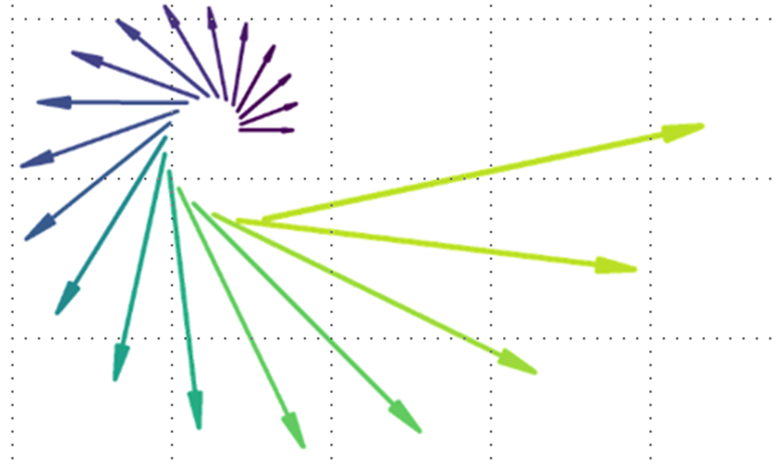
Forest Planning
To protect and restore National Forests and Grasslands for the benefit of communities, natural resources and the environment.
How are CLs used in planning?
From the 2012 Planning Guide:
- Identify critical load exceedances for the plan area. If critical load exceedances occur, assess the extent and severity of these exceedances.
- Using this information, document the conditions and trends of relevant airsheds.
Access the relevant websites and a step-by-step guide for using each website.
Resources for Assessments | |
CLAS–Critical Loads Assessment by Site | provides access to maps of CLs and exceedance for N and S deposition for sensitive lakes and streams, lichens, and trees |
CLAD CL Summary Reports | detailed reports on all CL data (CL values, sensitive species, number of waterbodies) and exceedance data (count of exceedances, areas in exceedance, species in exceedance) available for NPS and USFS units within the contiguous US based off of the most recent TDep data |
Air Quality Conditions and Trends National Forests | provides Forest Service unit-specific air quality data, conditions, and trends for ozone, particulate matter, visibility, nitrogen, and sulfur |
FLAG–Federal Land Managers’ Air Quality Related Values Work Group | provides updated reports for evaluating air pollution effects on air quality related values (AQRV) in Class I areas |
Resources for Land Management Plans | |
Examples of Plans Using CLs |
|
Resources for Monitoring | |
Forest Plan Monitoring Templates | provides templates for different components of forest plan monitoring |
Lichen Current Condition Map | provides a map of current condition based on lichen community composition in response to atmospheric deposition (airscore) |
